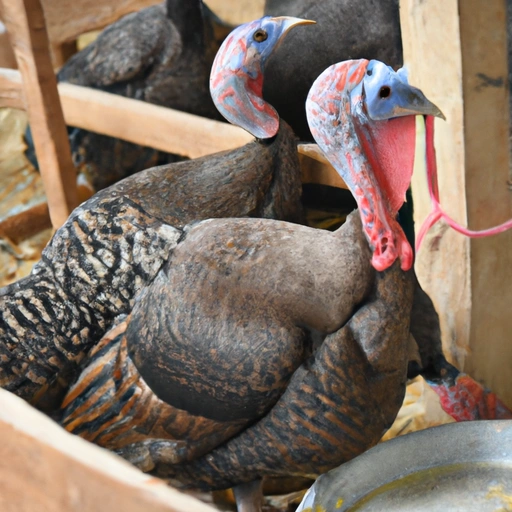Poultry
Description

Poultry refers to domesticated birds that are raised for their meat and eggs, including chickens, turkeys, ducks, and geese. The term also extends to the meat of these birds used for food. Poultry is a popular ingredient worldwide due to its versatility, relatively low cost, and perceived health benefits compared to red meat. It's available in various cuts, including breasts, thighs, wings, and drumsticks, and can be bought fresh, frozen, or pre-cooked.
Common uses
Poultry is used in a myriad of dishes across various cuisines. It is commonly roasted, grilled, fried, or baked and can be found in soups, stews, salads, and sandwiches. Poultry is also a key ingredient in many traditional dishes, such as American Thanksgiving turkey, Chinese Peking duck, and European chicken cordon bleu.
Nutritional value
Calories
A 100-gram serving of chicken breast contains approximately 165 calories (690 kilojoules).
Protein
Poultry is an excellent source of high-quality protein, with about 31 grams per 100-gram serving of chicken breast.
Fat
Chicken breast contains about 3.6 grams of fat per 100 grams, with variations depending on the cut and preparation method.
Carbohydrates
Poultry is naturally low in carbohydrates, with less than 1 gram per 100-gram serving of chicken breast.
Vitamins
Poultry is a good source of B vitamins, particularly niacin (B3) and vitamin B6, essential for energy metabolism and immune function.
Minerals
It provides minerals such as phosphorus, selenium, and zinc, which are important for bone health and overall well-being.
Health benefits
Poultry, especially lean cuts like chicken breast, is associated with various health benefits. It's a low-fat source of protein, which is essential for muscle growth and repair. The presence of B vitamins supports metabolism and brain health, while minerals like selenium act as antioxidants, protecting the body from cellular damage.
Potential risks
Consuming undercooked poultry can lead to foodborne illnesses like salmonella and campylobacter infections. Overconsumption of fatty cuts or poultry skin can contribute to increased dietary cholesterol and saturated fat intake. It is also important to consider the source of poultry, as some farming practices may lead to antibiotic resistance or exposure to hormones.
Common recipes
Poultry is central to countless recipes, from classic roast chicken and turkey pot pie to exotic dishes like Thai chicken curry and Moroccan tagine.
Cooking methods
Poultry can be prepared through various methods, including roasting, grilling, frying, poaching, and braising. The diversity of cooking options makes poultry a suitable choice for many dishes.
Pairing with other ingredients
Poultry pairs well with a range of flavors and ingredients, such as citrus fruits, aromatic herbs, robust spices, and a variety of vegetables and grains.
Summary
Poultry is a highly versatile and universally consumed food ingredient that serves as a staple source of protein in diets around the world. With its rich historical significance and multitude of culinary applications, poultry continues to be an essential component of both everyday meals and festive occasions. The nutritional value of poultry makes it a favorable option for maintaining a balanced diet, though it is important to be mindful of the potential risks associated with its consumption.